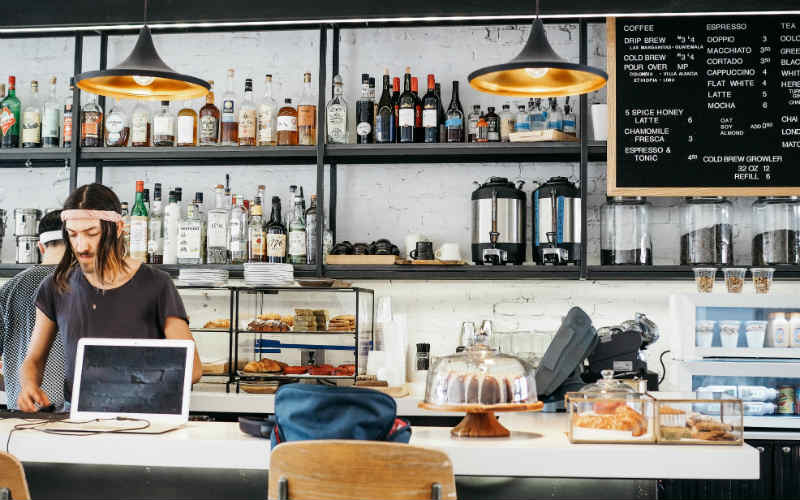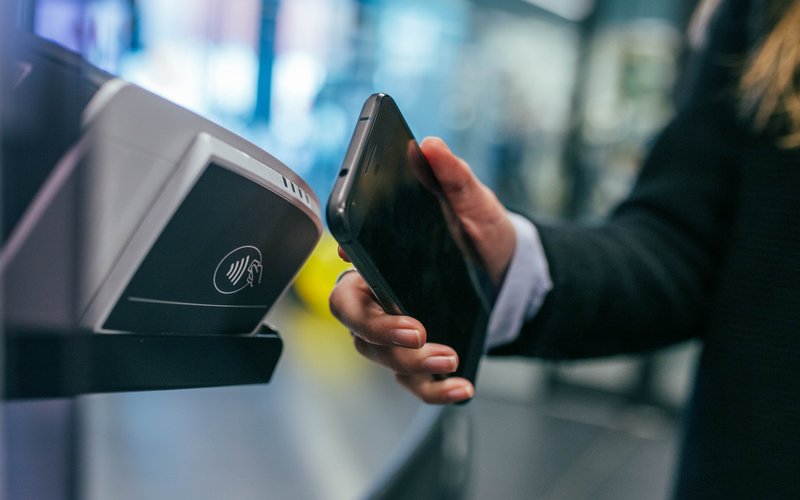Marking the fifth consecutive monthly rise in retail turnover, inflation continues to fuel a growth in retail spending with annual pace lifting from 9.6% to 10.4% in May.
Ben Dorber, ABS Director of Quarterly Economy Wide Statistics, flagged inflation as being a key driver to the growth across five of the six retail industries in May.
“Higher prices added to the growth in retail turnover in May," Mr Dorber said.
"This was most evident in cafes, restaurants and takeaway food services and food retailing.”
The bureau revealed of the states and territories, New South Wales had the largest rise in retail turnover, up 1.6%, followed by Victoria, up 1.3%.
Turnover also rose in South Australia, Western Australia, Tasmania, and the Northern Territory, while Queensland and the Australian Capital Territory recorded falls.
The ABS noted the fall in Queensland follows increased turnover from the flood recovery in March and a boost from tourism in April.
Is retail spending softening?
NAB Chief Economist Alan Oster said in the broader measure of retail trade, the NAB Cashless Retail Index suggests spending growth is beginning to soften.
"On a month-to-month, seasonally adjusted basis growth for the NAB Online Retail Sales Index contracted 0.9% in May, following on from a 1.3% contraction in April," Mr Oster said.
"It is likely that inflationary pressures and concerns over the future direction of borrowing costs are beginning to weigh on the consumer."
Recent data from NAB across a survey of 2,000 Aussies revealed changes are being made to spending behaviours with 44% of Australians cutting back on 'micro-treats' such as coffees, snacks, and lunch.
Inflation front of mind despite significant savings buffers
New research from data platform Dynata, revealed 92% of Australians are at least fairly concerned about the continued impacts of rising inflation upon their back pockets.
In a survey of 1,000 Australians, Dynata found Gen-X and Millennials are the most concerned about inflation out of every age bracket, with over 70% “very” or “extremely” concerned.
Importantly, Millennials have not lived through a sustained period of high inflation, unlike older generations, prompting a greater appetite for concern.
Further, Dynata revealed 34% of Australians are buying less food, 49% of Australians are buying fewer non-essential items and 50% of Australians are buying cheaper products.
The biggest savers were found to be Gen-Z, of which 82% save money on a regular basis, with 59% of Gen-Z and 53% of Millennials saving more now than they did a year ago.
ANZ Senior Economist Adelaide Timbrell said the large savings buffer households built up through COVID is continuing to delay and reduce the negative impacts of high inflation and rising interest rates.
"We think household consumption growth will outpace GDP in the coming months despite a likely slowdown in both," Ms Timbrell said.
In a speech last week, Reserve Bank Governor Dr Philip Lowe revealed inflation will not return to the RBA's target band of 2-3% for a number of years.
"Household balance sheets are generally in good shape, having accumulated more than $200 billion in additional savings during the pandemic," Dr Lowe said.
"Furthermore, the current rate of saving out of income remains materially higher than it was before the pandemic, so there is a degree of flexibility in many household budgets."
Advertisement
Need somewhere to store cash and earn interest? The table below features savings accounts with some of the highest interest rates on the market.

- Bonus rate for the first 4 months from account opening
- No account keeping fees
- No minimum balance
Image by Shelley Pauls via Unsplash








 Bernadette Lunas
Bernadette Lunas
 Denise Raward
Denise Raward

 Emma Duffy
Emma Duffy
 William Jolly
William Jolly

